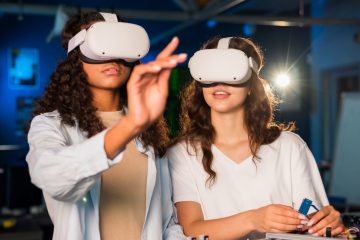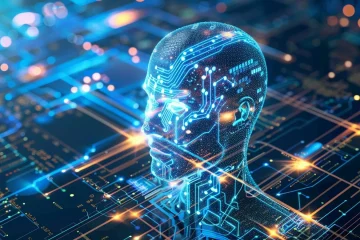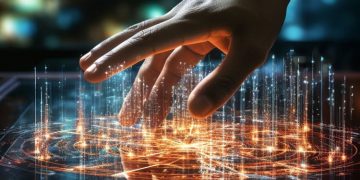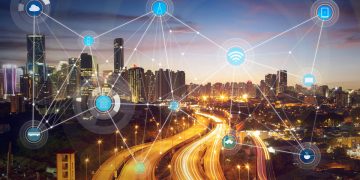The Next Wave of Innovation: How Emerging Technologies Are Redefining Our Future

Technology has always been a catalyst for change. From the invention of the wheel to the rise of the internet, innovation has continuously reshaped how we live, work, and interact. But in the last decade, the pace of technological advancement has accelerated beyond anything in human history. We are now entering an era where artificial intelligence, automation, quantum computing, and biotechnology converge to create a world that’s more connected, intelligent, and unpredictable than ever before.
The future of technology is not just about faster devices or smarter gadgets — it’s about transforming every aspect of human life.
The Age of Artificial Intelligence
At the center of the current technological revolution is Artificial Intelligence (AI). Once confined to science fiction, AI is now embedded in our daily lives — from voice assistants like Siri and Alexa to the algorithms that recommend movies, drive cars, and even write text.
AI’s evolution has been driven by machine learning (ML) and deep learning, which allow computers to learn from data, identify patterns, and make decisions with minimal human intervention. The result is a technology that’s not only intelligent but adaptive.
AI in Everyday Life
AI already powers a vast number of systems: personalized shopping recommendations, fraud detection in banking, and predictive maintenance in industry. In healthcare, AI algorithms can detect early signs of disease from medical images, often more accurately than human doctors. In education, intelligent tutoring systems provide personalized learning experiences based on a student’s performance.
The Rise of Generative AI
Perhaps the most transformative form of AI today is generative AI, capable of creating new content — text, images, videos, and even music — from simple prompts. Platforms like ChatGPT, Midjourney, and DALL·E are redefining creativity, giving individuals and businesses tools that once required teams of specialists.
Generative AI is changing industries from marketing and journalism to design and entertainment, allowing rapid content creation, prototyping, and innovation. However, it also raises questions about authorship, misinformation, and ethics that society must confront.
Automation and the Future of Work
Automation is another major driver of technological transformation. Factories, warehouses, and even offices are becoming increasingly automated through robotics, AI, and process optimization tools.
In manufacturing, robots assemble cars, pack goods, and inspect quality with precision and speed. In logistics, autonomous drones and vehicles are beginning to handle deliveries, while AI-powered software manages supply chains in real time.
Workforce Transformation
While automation enhances productivity, it also disrupts traditional employment. Many repetitive and manual tasks are being replaced by machines, while new roles emerge in data analysis, programming, and systems management.
The future of work will require a balance between human creativity and machine efficiency. Workers will need to develop digital literacy, critical thinking, and emotional intelligence — skills that complement, rather than compete with, automation.
Hybrid workplaces, powered by cloud collaboration tools and AI-driven insights, are already shaping the modern professional environment. Remote work, once a necessity during the pandemic, has now become a global norm, supported by advanced communication technologies.
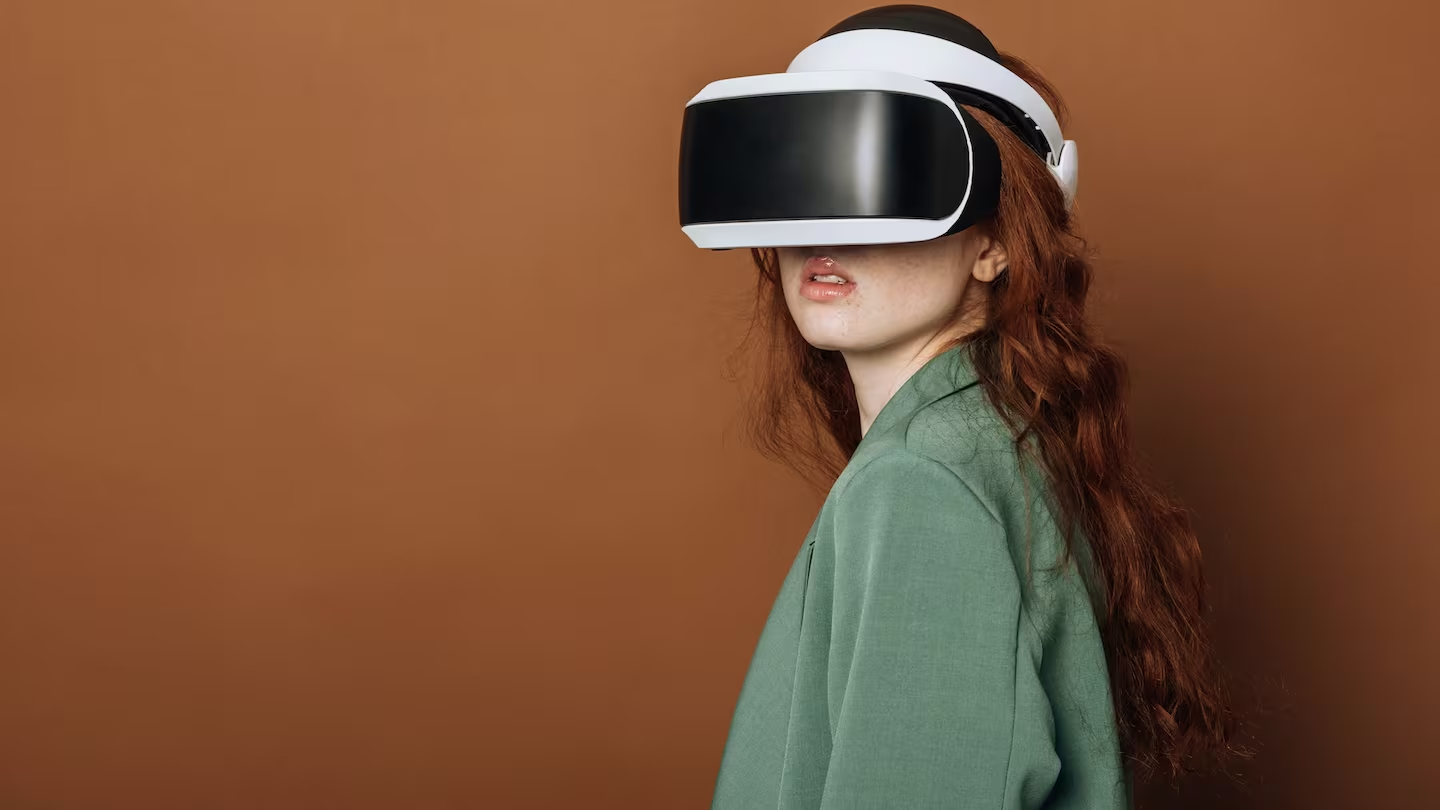
The Rise of Quantum Computing
If artificial intelligence represents the present of tech, quantum computing represents its next frontier. Unlike classical computers that process information as 0s and 1s, quantum computers use qubits, which can exist in multiple states simultaneously. This allows them to perform complex calculations exponentially faster.
Revolutionary Potential
Quantum computing could solve problems that are currently beyond human or machine capability — such as modeling molecular interactions for drug discovery, optimizing global logistics networks, and breaking traditional encryption systems.
Companies like IBM, Google, and Intel are leading the race to build scalable quantum computers, while startups are exploring practical applications in finance, cybersecurity, and materials science.
Though still in its early stages, quantum computing has the potential to trigger a technological leap comparable to the invention of the microprocessor.
The Internet of Things (IoT) and Smart Living
The Internet of Things (IoT) connects billions of physical devices — from smart thermostats and fitness trackers to industrial sensors — to the internet, enabling them to collect and exchange data.
In homes, IoT creates smart environments where lights, appliances, and security systems are controlled remotely or automatically. In cities, sensors monitor air quality, traffic flow, and energy consumption, helping urban planners design more sustainable living spaces.
In industries, IoT enhances efficiency through predictive maintenance, where machines alert engineers before they break down. In agriculture, connected sensors track soil health and weather conditions to optimize crop yields.
As IoT expands, it’s estimated that there will be over 30 billion connected devices globally by 2030. This massive network will generate unprecedented amounts of data, feeding AI systems that can make real-time decisions and predictions.
Cybersecurity: Protecting the Digital Frontier
As technology becomes more integrated into our lives, cybersecurity has become one of the most critical challenges of the modern age. Every connected device, from a smartphone to a smart fridge, represents a potential entry point for cyberattacks.
Hackers are using increasingly sophisticated tools — including AI — to breach systems, steal data, and disrupt operations. The rise of ransomware, data leaks, and digital espionage has made cybersecurity not just a technical concern but a global priority.
To combat these threats, organizations are adopting advanced defense strategies like zero-trust architecture, biometric authentication, and AI-driven threat detection. Cybersecurity experts predict that as we move toward decentralized systems, blockchain technology may play a key role in securing transactions and digital identities.
The Sustainable Tech Revolution
Beyond innovation and convenience, technology also holds the key to addressing one of humanity’s greatest challenges — climate change.
Green technology, or cleantech, focuses on using innovation to reduce environmental impact. Renewable energy solutions like solar, wind, and hydroelectric power are becoming more efficient thanks to AI-driven optimization. Smart grids and battery storage systems are helping cities transition toward carbon neutrality.
Tech giants are also investing heavily in sustainability. Data centers, once notorious for high energy use, are now being powered by renewable energy and cooled using advanced efficiency methods. The emergence of carbon capture technologies and bioengineering also shows how tech can contribute directly to environmental restoration.
Human-Technology Symbiosis: The Role of Ethics
As technology grows more powerful, so does the responsibility to use it wisely. The fusion of AI, genetics, and robotics is blurring the line between humans and machines. This raises ethical questions about privacy, identity, and control.
Will AI replace human creativity? Should robots have rights? How can we prevent bias in machine learning systems that make life-changing decisions?
To address these concerns, experts are advocating for ethical AI — systems designed with transparency, fairness, and accountability. Governments and international organizations are developing regulations to ensure that technological progress aligns with human values.
Ultimately, the goal should be human-technology symbiosis, where innovation enhances human potential rather than replaces it.
The Road Ahead
The next decade of technology will be defined by convergence — the merging of AI, IoT, quantum computing, biotechnology, and sustainable innovation. Each breakthrough will amplify the others, creating a powerful cycle of progress and transformation.
However, progress must be guided by purpose. As much as technology can empower, it can also divide if access remains unequal. Bridging the digital divide — ensuring that everyone has the skills and tools to participate in the tech-driven world — will be one of the defining challenges of our time.
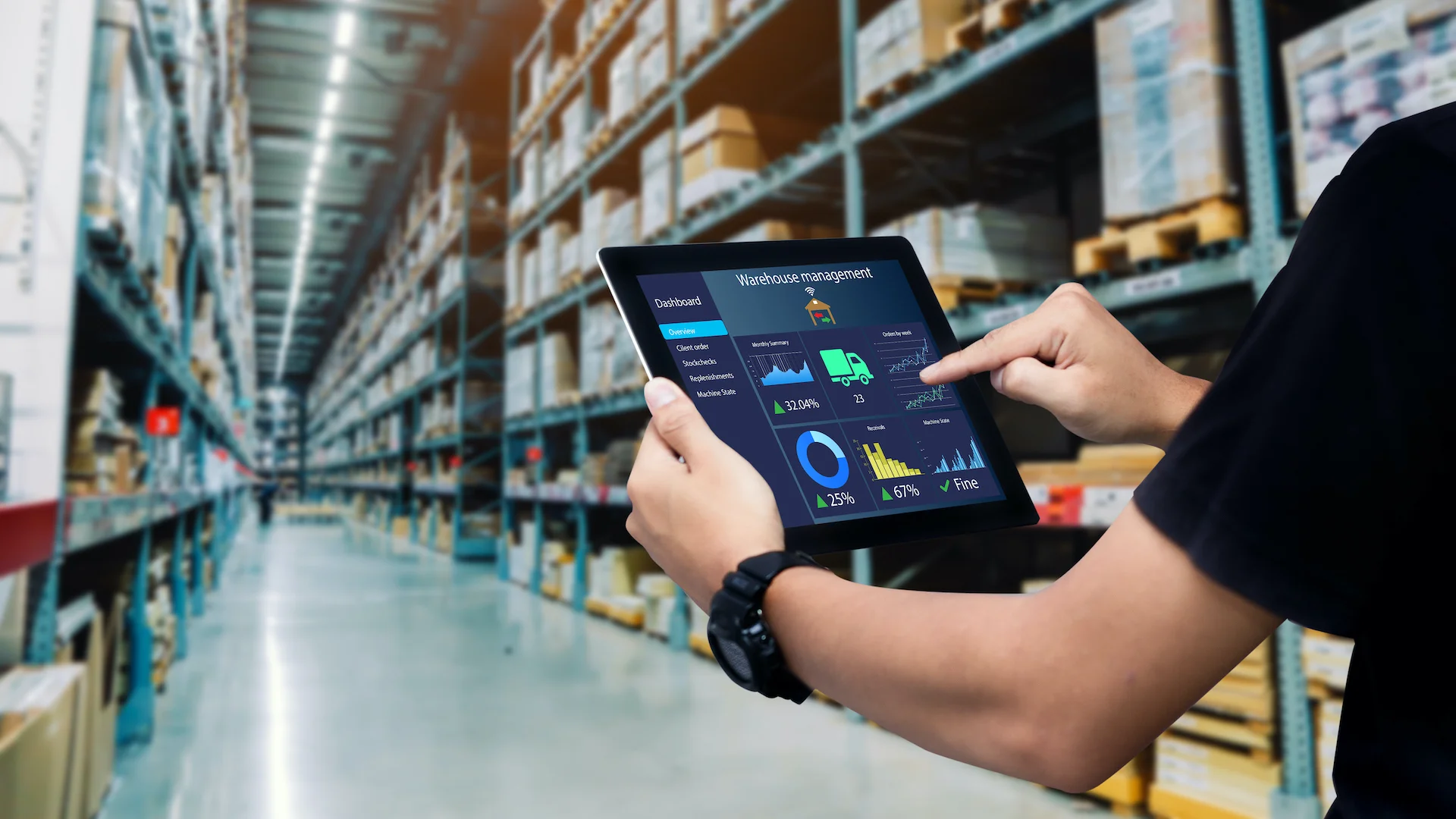
Conclusion
Technology is not just changing the future — it is creating it. From artificial intelligence to quantum computing, from automation to green tech, we stand at the threshold of a new digital era.
The question is no longer whether technology will shape our world, but how we choose to shape technology. The choices we make today — about ethics, education, access, and sustainability — will determine whether innovation becomes a force for progress or division.
One thing is certain: the story of technology is ultimately the story of humanity — our endless curiosity, creativity, and capacity to dream beyond limits.


